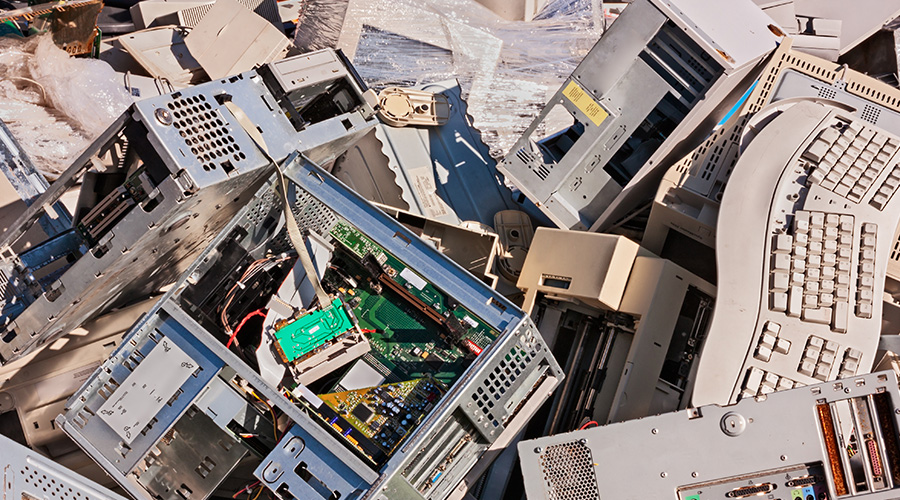Hazmat Management: Create an Inventory
The first step in managing hazardous chemicals and waste is to create an inventory of their location and use. In general, managers should review chemicals workers use in their departments during maintenance and housekeeping activities. The first step is talking to staff involved in any phase of the life cycle of hazardous materials, including the purchase, storage, inventory, use, and disposal of chemicals and products containing hazardous materials.
Next, managers must determine if the organization has conducted a department-wide inventory and cleanout of chemicals and hazardous materials. If no documentation of the quantities and locations of hazardous materials within a department exists, managers need to schedule an inventory. Perform a walkthrough of each department, focusing on storage areas, tool kits, and housekeeping carts. Evaluate storage areas, shelving and containers to determine if they are the appropriate type and in the proper condition to safely store hazardous materials.
The walkthrough is a department-by-department, room-by-room inspection to identify, inventory, and evaluate hazardous materials, including mercury-containing instruments, radioactive materials, chemicals, gas cylinders, pesticides, refrigerants, and unlabeled chemical containers.
Managers or the inspector should look for these hazardous materials management issues:
- Is the material container — bucket, reused food container, unidentified or mislabeled container — inappropriate or in poor condition? Workers and other building occupants should store hazardous materials in proper containers with labels that include the chemical or product's name, date, and storage and handling requirements.
- Are the materials stored inappropriately — for example, near incompatible chemicals or alphabetical storage — or stored on deteriorating, unstable, or inappropriate shelving, such as flammables stored on wooden shelves or corrosives stored on metal shelves?
- Are excessive, unneeded, or expired hazardous materials on hand?
Related Topics:
















